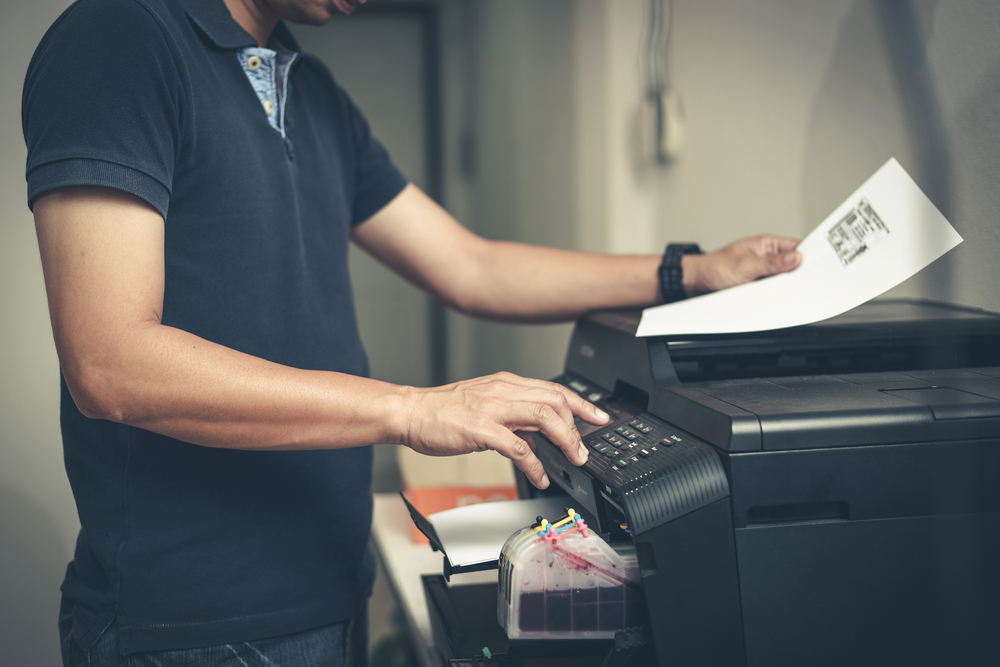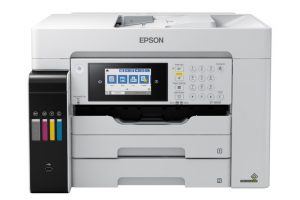
Remember that one time when a superior called to make more copies of the proposal papers needed for distribution but there is no time left to copy them manually? No. A technology called Copy-printing existed way before most of the advancements in the work environment even occurred. Copy machines are an innovative breakthrough as making almost countless copies of certain forms of documents just a few buttons pushed away. Just place the document on top of the scanner making the side to be printed lie on the scanning surface itself. Press the button for the number of copies. Then, all that is needed to do is wait for the copy machines as they queue up for the consecutive series of producing the copies.
“Can A Copy Machine Print? Wait. What Again?”
As somebody might ask, “Can copy machines print?”, such a question arises when somebody has no understanding or any concept of producing digitized documents for a hard copy. If the very word “print” is taken in its basic context, then copy machines are to be stated that they produce “printed copies” of already-made original documents. But if the “print” word itself was meant for printing documents or files that have just been made readily on computer software, then that is not what a copy machine could ever do.
So What Exactly Does A Copy Machine Just Do?
Copy Machines first came maybe way before the idea of printing documents out of computers. At those times, computers are not even that abundant in the work environment as even today, financially deprived institutions are still reliant on pesky and rusty old tools called typewriters. Thus, copy machines became a standard utility in offices for their primary function of producing copies of manually made documents. Xerography or xerox copying was the first kind of copy machine to be used and could be dated back at least to the early ’60s. That was even way before computers have been adapted to the workplace.
So It Does Print Documents Somehow?
As the first kind of method in copy-printing, Xerography was the most practical and most convenient in its era. It doesn’t involve purchasing ink cartridges as liquid printers do. The printing process was done by inducing pressure onto the paper’s surface by the electrodes as it burns it based on how the original document was scanned. Unfortunately, xerographic machines weren’t built to be attached to the computer and are an independent kind of apparatus compared to the latest liquid-based copy-printers that could function as peripherals connected to a computer.
A copy machine was originally made to print copies. But as industrial progress has gone through the years it seems that the function of copy machines has also evolved. Newer kinds of devices have been invented and “printers” are one of them. One that can print original documents into existence out of the computer hard drive. Printers outmaneuver standard copiers in terms of functionality as not just can produce copies of documents but can also print files stored on one’s personal computer and even function as a scanner. Although, when it comes to costliness, standard copiers may offer cheaper service as it doesn’t require frequent replacement of ink cartridges.
Conclusion
Copy Machines can print. That’s an undeniable fact. Unless the word itself isn’t given further any meaning, then copy machines can’t actually “print” in the sense of printing originally sourced documents. That’s why somebody may buy an all-purpose computer ink-printer. Suddenly, one must carefully weigh what kind of product to buy as meeting the exact needs must also come into play.
If you are in Louisville and you are looking for a Copier in Louisville for your business, you may contact Clear Choice Technical Services in Louisville. You can ask about Copier Leasing Services in Louisville, Copier rental services in Louisville, and Copier Repair in Louisville.
Copiers or Printers? Trouble deciding what to buy? Please visit us here and we will welcome your inquiries.



